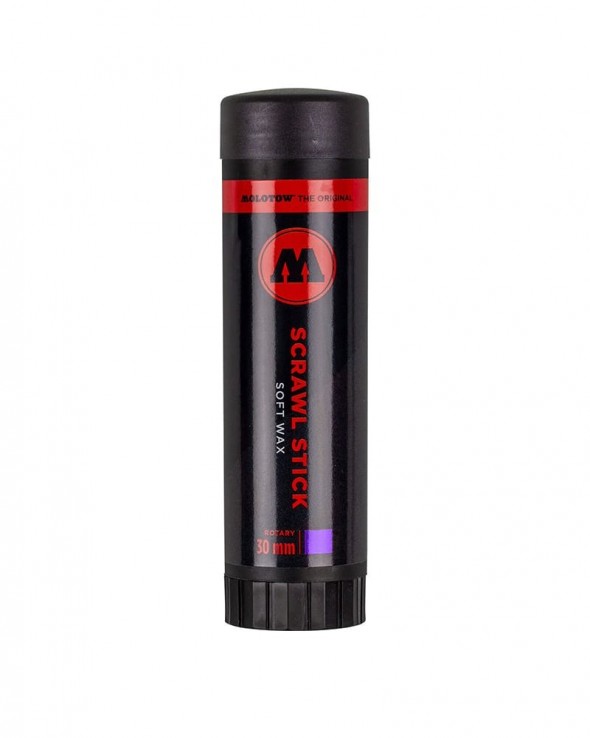

These works, known as the “White Paintings,” were meant to act as screens on a stage-“a painting that was less to be looked at and more to react to its environment,” Cherix offered. This drawing and an accompanying letter encapsulate one of Rauschenberg’s many novel ideas: to produce plain white paintings that he never even touched. “That’s why these instructional drawings are so interesting-they allow us to enter the thought process, and then they challenge us to reconsider things that we think we know well.” “After seeing that, you can’t see the sculpture the same way,” Cherix remarked. “What you see is a two-dimensional image of a girl that would become, in his own terms, a sculpture.” The pencil markings show the key shapes that the artist focused on in conceiving the piece. Lichtenstein said that he wasn’t copying his source material, but rather “restating the image that he found, in his own terms,” Cherix explained. This particular drawing shows the early stages of two sculptures, completed in 19 (one of which belongs to the Whitney). The artist may be more recognized for his comic book–like paintings, but he also made a handful of metal sculptures in his signature style: benday dots and primary colors portraying scenes from everyday life. What may appear to be a few pencil markings on a magazine clipping is actually a window into Roy Lichtenstein’s process for planning out his sculptures.

“And that’s why they are both so moving and informative: They bring you to a place where usually you’re not allowed, to that moment where the work is really imagined.” We recently caught up with Cherix to discuss 11 choice works from the Silverman Collection, and what these instructions can tell us about the artists who penned them. “They really bring you back to the studio-the making of the work,” noted Christophe Cherix, MoMA’s chief curator of drawings and prints.

Though they’re not exactly formulas to understanding artists’ genius feats, they do offer clues into the artist’s mind. and Lila Silverman Instruction Drawing Collection, including a preparatory drawing for Roy Lichtenstein’s sculpture Head of Girl (1964), plans for Carolee Schneemann’s iconic performance Meat Joy (1964), and diagrams outlining how Donald Judd’s stacks and Robert Rauschenberg’s white paintings should be created. Earlier this year, the Museum of Modern Art received a gift of 800 works from the Gilbert B. “Instruction drawings,” as they’ve been called, are preparatory sketches and notes they might even be the sole remnants of a work that an artist dreamt up, but never realized. Actually, those instructions exist, and some are even considered artworks in their own right. You’ve experienced it if you’ve ever walked up to an artwork, stopped, and thought, “ How did they do that?” Such an encounter can leave you wishing for the artist’s instructions on how the artwork was planned out, fabricated, or performed. You just don’t know how good an idea is until you get it out, so give yourself permission to scribble, scrawl, and squiggle and you may find yourself looking at a good idea.Art has the power to mystify. Get a minimum viable sketch out and if it represents a good idea, refine it later. Remember, thoughts are messy and sketching can be too! In my opinion, the scrappier the sketch, the better. It is naturally iterative, reminds us that failure is ok (thank you erasers!), and requires us to think critically. It inherently embodies qualities that are important for the innovation process. The point of sketching for innovation is not to end up with a classy stick figure or an impressively round-ish circle, but to represent the process of thought and externalize ideas. Sketching helps the brain process thoughts in ways that talking and writing can’t. While I feel pretty comfortable throwing squiggles and shapes on a page or whiteboard, we often hear comments like, “I can’t even draw a stick figure,” or “I’m no artist.” If this is you, I encourage you to sketch anyway. Mind Mapping, Prototyping, System Mapping, Storyboarding, etc.), and that can be a little intimidating for some people. Several tools in the Innovation Toolkit invite users to sketch (i.e.


 0 kommentar(er)
0 kommentar(er)
